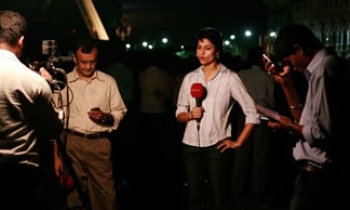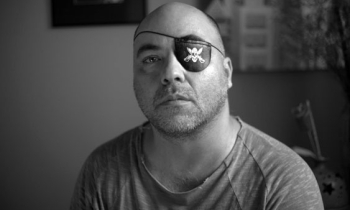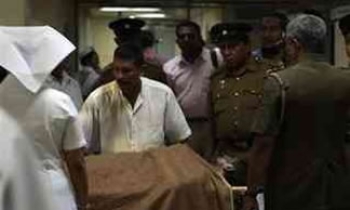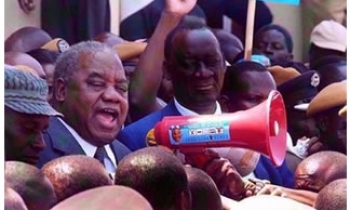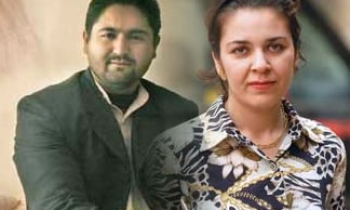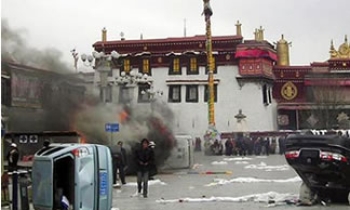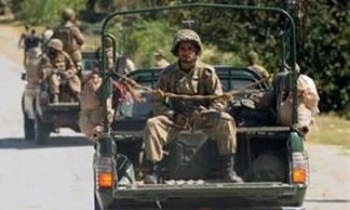The Sri Lankan army took control yesterday of public Sri Lanka Rupavahini Corporation (SLRC) television. The army and police sealed off all roads leading to the station in the morning, preventing more than 200 staff from getting to work after employees threatened to strike in protest against a series of assaults by men “suspected of acting on behalf of a minister”.
The takeover of the television station caused disruption to most programmes and in the aftermath the information ministry announced “compulsory vacations” for all staff.
The corporation’s union representatives said that the authorities had decided to take control of SLRC, in response to the strike threat. One union representative, Kanchana Marasinghe, said that many journalists feared for their lives and wanted the brutality brought to an end.
“The head of state should immediately order the army to withdraw from the station. This is in no way a good solution for ending escalating violence against SLRC staff since December 2007”, Paris-based Reporters sans Frontières (RSF) said. “We urge the president to sanction the minister, Mervyn Silva, who is behind the violence which provoked this crisis.”
Five staff have been physically assaulted in the past few weeks, some of them suffering serious knife wounds. All of them had protested at the actions of the labour minister, Mervyn Silva, who led a raid on the studios and assaulted SLRC’s news director TMG Chandrasekara on December 27, 2007.
The controversial minister’s henchmen are suspected of being behind all the attacks on staff, in the latest of which, assistant director of supplies, Arunasiri Hettige, was beaten with iron bars in Colombo on 14 March.
Representatives of the corporation met the head of state on March 17 to discuss steps needed to protect staff. They called for the resignation of Mervyn Silva and for payment of compensation to the injured journalists. During the meeting, the head of state called on the minister to end the violence.
The International Federation of Journalists (IFJ) has demanded that the government order the police to take immediate action against perpetrators of a series of attacks against staff of SLRC, even as the Free Media Movement (FMM) reported yet another violent attack on an SLRC journalist. FMM, an IFJ affiliate, said Anurasiri Hettige was beaten with an iron rod by an unidentified gang on March 14. It was the fifth physical assault or attempted attack on an SLRC employee since Silva assaulted Chandrasekara.
“The attack on Hettige is a clear indication that all SLRC journalists and staff who protested against the intrusion into the station by Silva on December 27 are facing a real threat,” FMM said in a statement. “The government’s silence on this series of attacks and its failure to act to end the violence and threats allegedly linked to a member of the government must end now,” IFJ Asia-Pacific Director Jacqueline Park said.
Journalists and staff of SLRC have been targeted with threats and intimidation in an apparent link with media coverage of the Minister’s actions at the SLRC office on December 27.
- January 25: Lal Hemantha Mawalage attacked by two armed men, suffered severe cuts to his arm; also received death threats on his phone on March 4.
- January 29: Attempted attack on Duleep Dushantha by two armed men at his home; Dushantha’s mother threatened with death for informing of the incident.
- February 27: Priyal Ranjith Perera, Assistant Director of News Camera, attacked by unidentified armed gang at his home.
- March 5: Ranjani Aluthge, SLRC librarian, stabbed with razor knife on public bus.
As many as 10 journalists, media workers and journalists’ leaders from other television stations and media also have been reportedly targeted for their involvement in covering the December 27 incident and the subsequent media staff protests against minister Silva.

